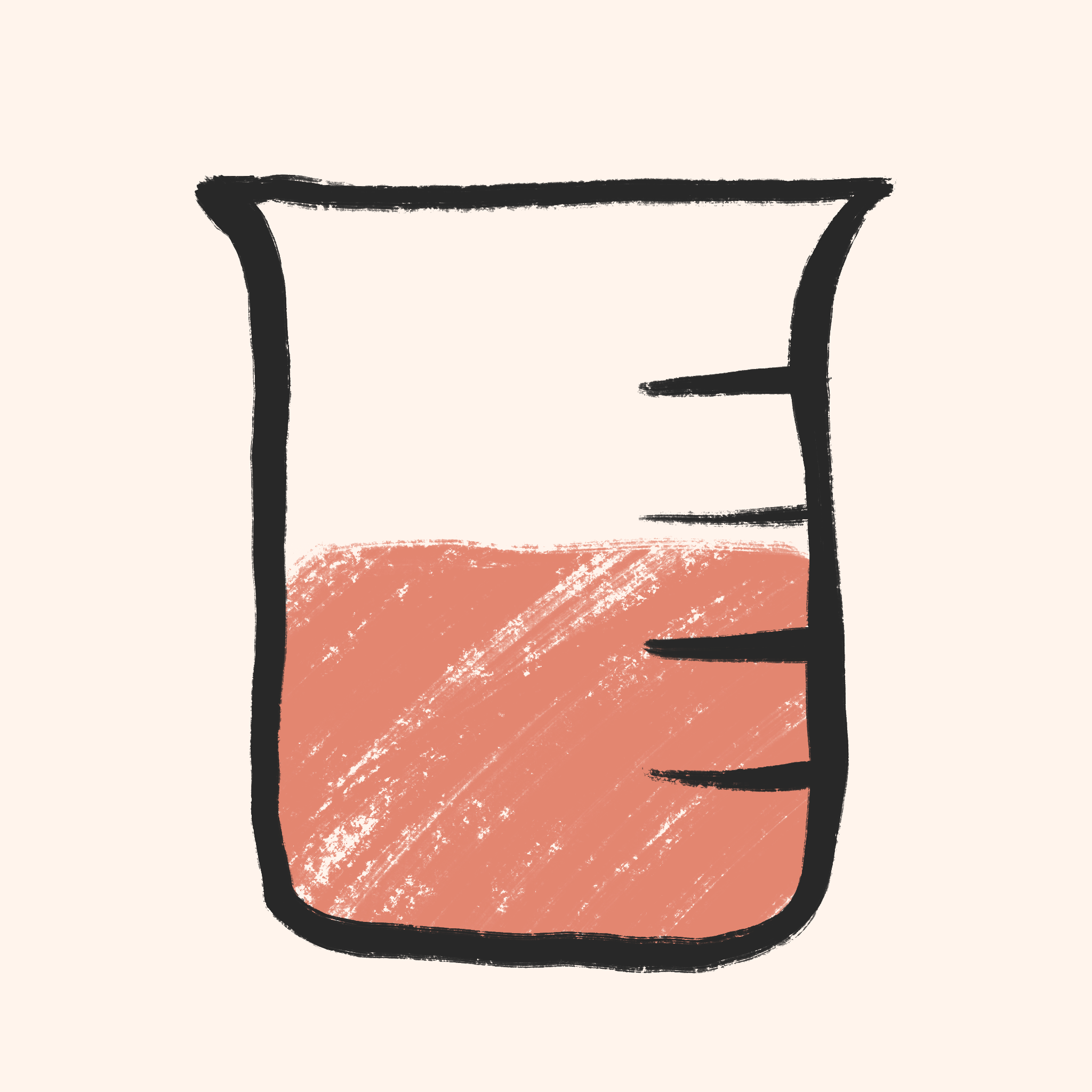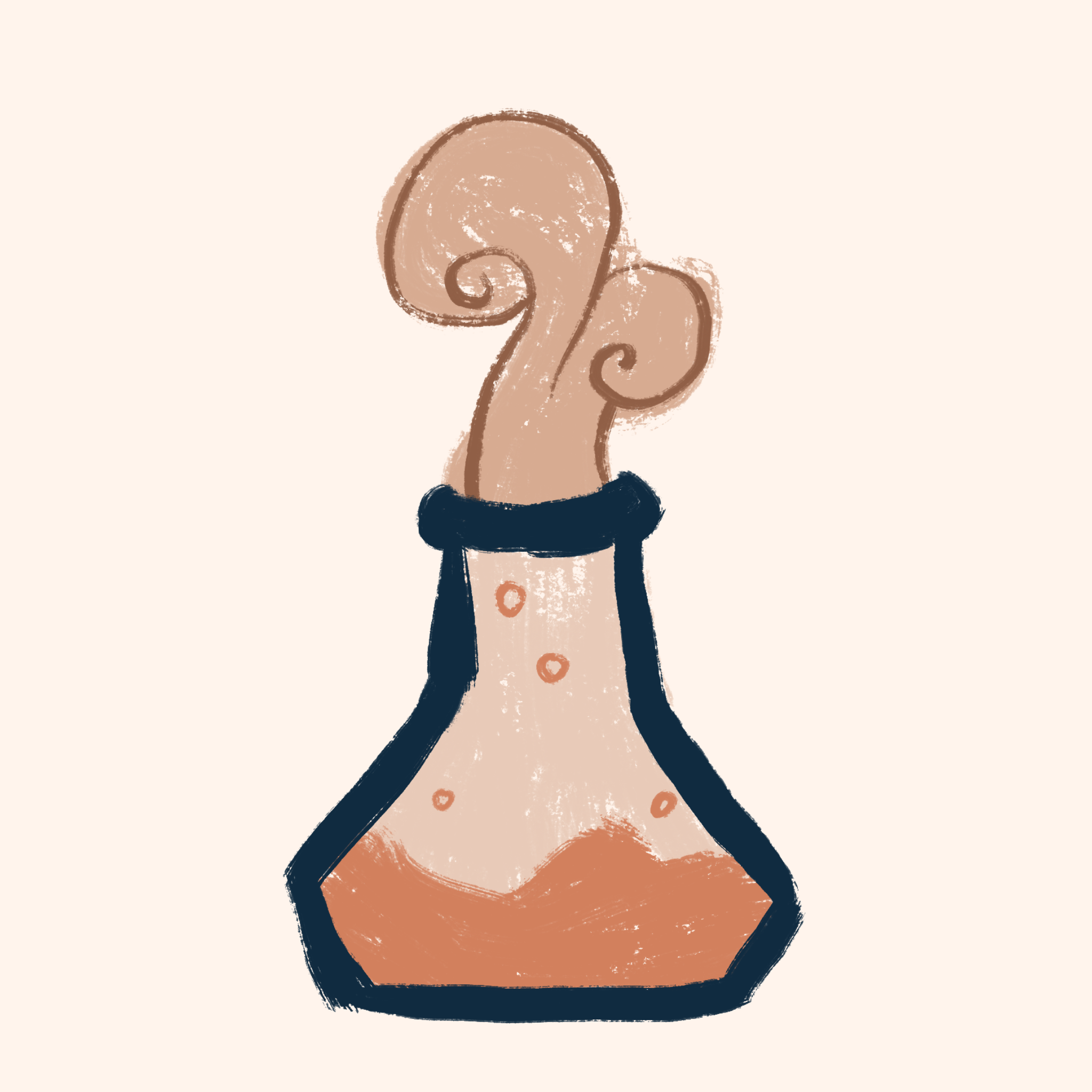Note: There’s a summary table at the end of this page.
Definitions
Organic: Contains carbon
Hydrocarbons: Organic compounds made from hydrogen and carbon only
Alcohol: Organic compounds that come from crude oil
Homologous series: A series of compounds with the same functional group and similar chemical properties
Functional group: It is added to a compound to change its reactivity (eg. Functional group of alcohols: -OH <- IMPORTANT)
What are alcohols?
Ethanol: alcohol found naturally in fermented sugar. In a closed container with bacteria that do anaerobic respiration, ethanol is a side product.
Uses of alcohol:
- Fuels
- Solvents
- Ethanol in alcoholic drinks
General formula
General formula for alcohols: CnH2n+1OH
Each homologous series has its own general formula.
To use the general formula, replace n in the general formula with the number of C (carbon) atoms.
eg. An alcohol compound with 2 carbon atoms:
CnH2n+1OH
= C(2)H2(2)+1OH
= C2H8OH
How to name alcohols
Every alkane ends with “-anol”, but starts differently depending on the number of C (carbon) atoms.
1 – meth
2 – eth
3 – prop
4 – but
5 – pent
6 – hex
eg. An alcohol compound with 3 carbon atoms: propanol
Here’s a trick I use to remember how each compounds starts:
(1) Monkeys (2) Eat (3) Peanut (4) Butter
5 & 6 are easy enough to remember because they are the same as shapes (pentagon, hexagon)
However… From 4 carbons and up, we need to add something extra:
Eg. you get butan-1-ol and butan-2-ol.
- The number shows where the -OH is
- You start counting from the side of the double bond
- If it is exactly in the middle, you can count from any side

See more examples at the bottom of the page ⬇️
Displayed / structural formula
Important:
H (Hydrogen) has 1 bond
C (Carbon) has 4 bonds
O (Oxygen) has 2 bonds
(This will help you draw the structure)
Steps:
- Draw a chain with the correct number of C’s (carbons).
- Add H’s (hydrogens) around the C’s (carbons) to make each carbon have 4 bonds, except for the last C.
- Add an O (oxygen) and an H (hydrogen) to the end of the chain.
- Ensure that the lines are drawn in and that each letter has the correct number of bonds.
Summary

Have any questions about this topic? Leave an anonymous comment below and I’ll get back to you 🙂





Leave a Reply